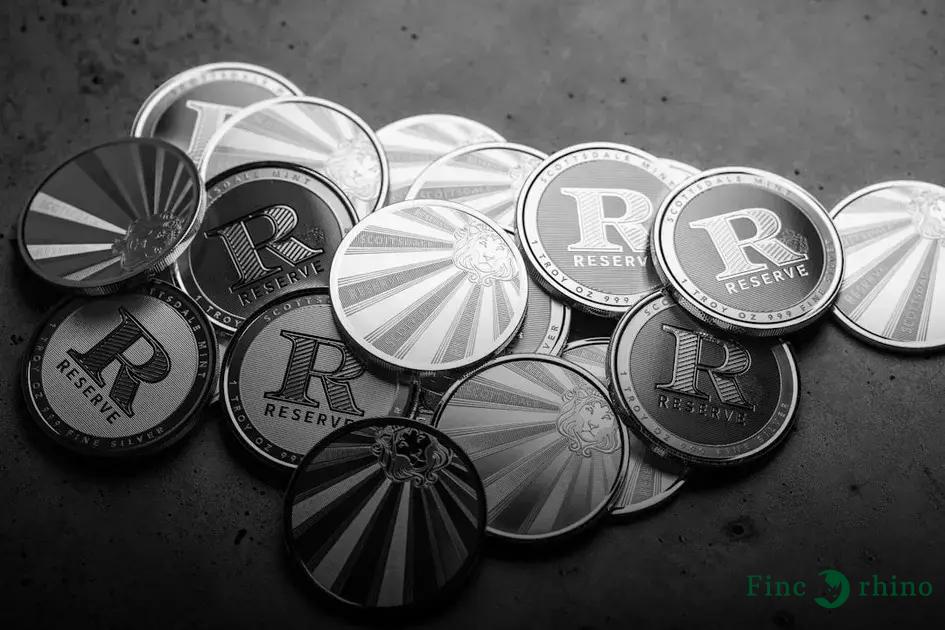Inflation is a silent force that can significantly affect your investments, eroding the purchasing power of your returns over time. Understanding inflation and its impact is crucial for making informed decisions. This article will delve into various aspects of inflation, from its effects on different assets to strategies for safeguarding your investments. By exploring these topics, you’ll learn how to navigate the financial landscape in times of rising prices.
Understanding Inflation and Its Effects
Inflation is a crucial economic concept, as it refers to the rate at which the general level of prices for goods and services rises, eroding purchasing power. When inflation occurs, each unit of currency buys fewer goods and services. This impacts not only day-to-day expenses but also long-term financial strategies, particularly investments. Investors need to understand inflation thoroughly to manage its impact on portfolios.
Inflation affects investments differently depending on the type of asset. For instance, fixed-income investments like bonds tend to lose value during inflationary periods because their returns are fixed and do not adjust for rising prices. Conversely, commodities like gold often increase in value as they are seen as a hedge against inflation.
Moreover, stock market investments may see varying impacts. Some sectors, such as energy and consumer staples, might perform better because they can pass on higher costs to consumers. In contrast, sectors that cannot easily increase prices might struggle. Understanding these effects is crucial for making informed investment choices.
How Inflation Impacts Different Asset Classes
Inflation affects different asset classes in distinct ways, by altering their risk and return profiles. Bonds are particularly sensitive to inflation. As inflation rises, the fixed interest payments that bonds generate lose value, making them less attractive. This reduction in real returns often leads to a decrease in bond prices.
On the other hand, stocks can be a bit more resilient to inflation. Companies with strong pricing power may pass on increased costs to consumers, thus maintaining their profit margins. However, higher inflation may still create volatility in the stock market, as investors adjust their expectations for earnings growth.
Inflation can potentially enhance the value of real assets like real estate. Since property values and rents may increase with inflation, investors might see growing returns in real terms. Commodities, too, often outperform during inflationary periods because their prices tend to rise with overall price levels.
However, alternative assets such as cryptocurrencies are recently gaining attention as potent inflation hedges, although they bring a high level of risk and volatility. Investors should be aware that historical data and expert analysis should guide diversified and informed decisions when considering how to adjust portfolios amid rising inflation.
Strategies to Protect Your Investments
To effectively safeguard your investments from the adverse effects of inflation, it is essential to adopt a proactive approach. Implementing robust strategies can help mitigate potential losses and enhance the growth potential of your portfolio during times of economic uncertainty.
Diversification is a cornerstone of any sound investment strategy. By spreading your investments across a variety of asset classes, you reduce the risk of any single asset or sector significantly impacting your overall portfolio. Consider including a mix of stocks, bonds, real estate, and other alternative investments.
Ensuring a portion of your portfolio is allocated to assets that typically perform well during inflationary periods is also crucial. Gold, for instance, has been traditionally perceived as a hedge against inflation. Additionally, commodities and inflation-indexed bonds, such as Treasury Inflation-Protected Securities (TIPS), can offer protection as they tend to retain or increase in value when inflation rises.
Maintaining a balanced approach by regularly reassessing and adjusting your portfolio in response to inflation indicators and changing market conditions is vital. This might include rebalancing your asset allocation or increasing exposure to certain sectors that are poised to benefit from rising prices, such as energy or materials.
Another strategy involves focusing on long-term investments rather than short-term gains. Companies with strong balance sheets and a history of sustainable growth are often better positioned to withstand inflationary pressures, making them attractive options for your portfolio.
Lastly, staying informed about economic trends and monetary policy can provide valuable insights into future inflation trends. Understanding how central banks, such as the Federal Reserve, might react to inflation helps in anticipating changes and adjusting your strategy accordingly.
Inflation-Proof Investment Options
When aiming to safeguard your assets during inflationary periods, choosing the right investment options is crucial. Some assets perform better in such environments, providing protection against the eroding effects of inflation.
Real Estate: Real estate often acts as a reliable hedge against inflation. Property values and rental incomes tend to increase with inflation, benefiting investors. Investing in physical properties or Real Estate Investment Trusts (REITs) can offer protection while generating income.
Commodities: Commodities like gold, silver, and oil often maintain value during inflation. As the cost of goods rises, these tangible assets tend to see price increases. Investing in commodities directly or via exchange-traded funds (ETFs) can help preserve purchasing power.
Inflation-Protected Securities: Treasury Inflation-Protected Securities (TIPS) are designed specifically to combat inflation. Their principal value adjusts with the inflation rate, offering a stable investment choice for those concerned about rising prices.
Equities: Carefully selected stocks can serve as an inflation hedge. Companies with pricing power or those involved in essential goods can often pass on higher costs to consumers, maintaining profitability. Focus on sectors such as consumer staples or energy.
Cryptocurrencies: While volatile, some investors consider cryptocurrencies like Bitcoin as a new-age hedge against inflation. They are seen as decentralized and limited in supply, characteristics that can appeal during periods of currency devaluation.
Selecting the right mix of these inflation-proof options requires understanding their risk profiles and how they fit into your broader financial strategy. Diversification remains essential to balance risks and returns effectively.
The Role of Central Banks and Policies
Central banks play a pivotal role in managing inflation through their monetary policies. They control the money supply and interest rates. By doing this, they aim to maintain price stability and foster economic growth. Interest rates are a key tool for central banks. When inflation is high, central banks might increase interest rates to make borrowing more expensive, thereby reducing spending and slowing down inflation. Conversely, when inflation is low, they may lower interest rates to encourage borrowing and spending, which can stimulate the economy.
Monetary policies are essential in steering the economy through different phases. During periods of high inflation, tight monetary policy – characterized by higher interest rates and reduced money supply – is often employed. This helps in curbing excessive spending and controlling price increases.
Central banks also use open market operations to influence the level of cash in the financial system. By buying or selling government bonds, they can either reduce or increase liquidity. This, in turn, affects inflation and economic growth.
By carefully balancing these policies, central banks aim to ensure that inflation remains within a target range that supports sustainable economic growth. This balance is crucial because both high inflation and deflation can have adverse effects on investment and economic stability.





